Why we need new visual frameworks to help us think optimistically about the future

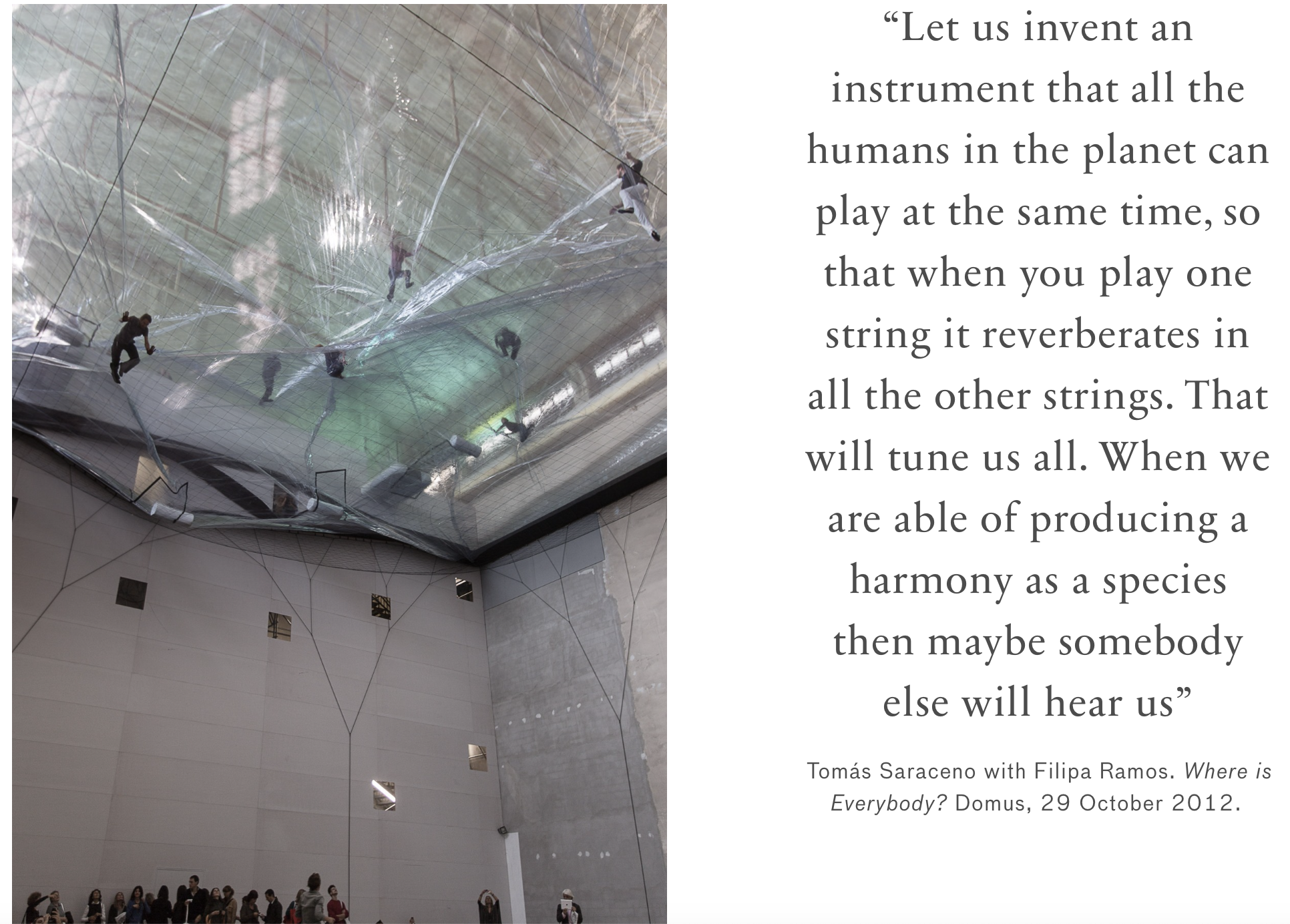



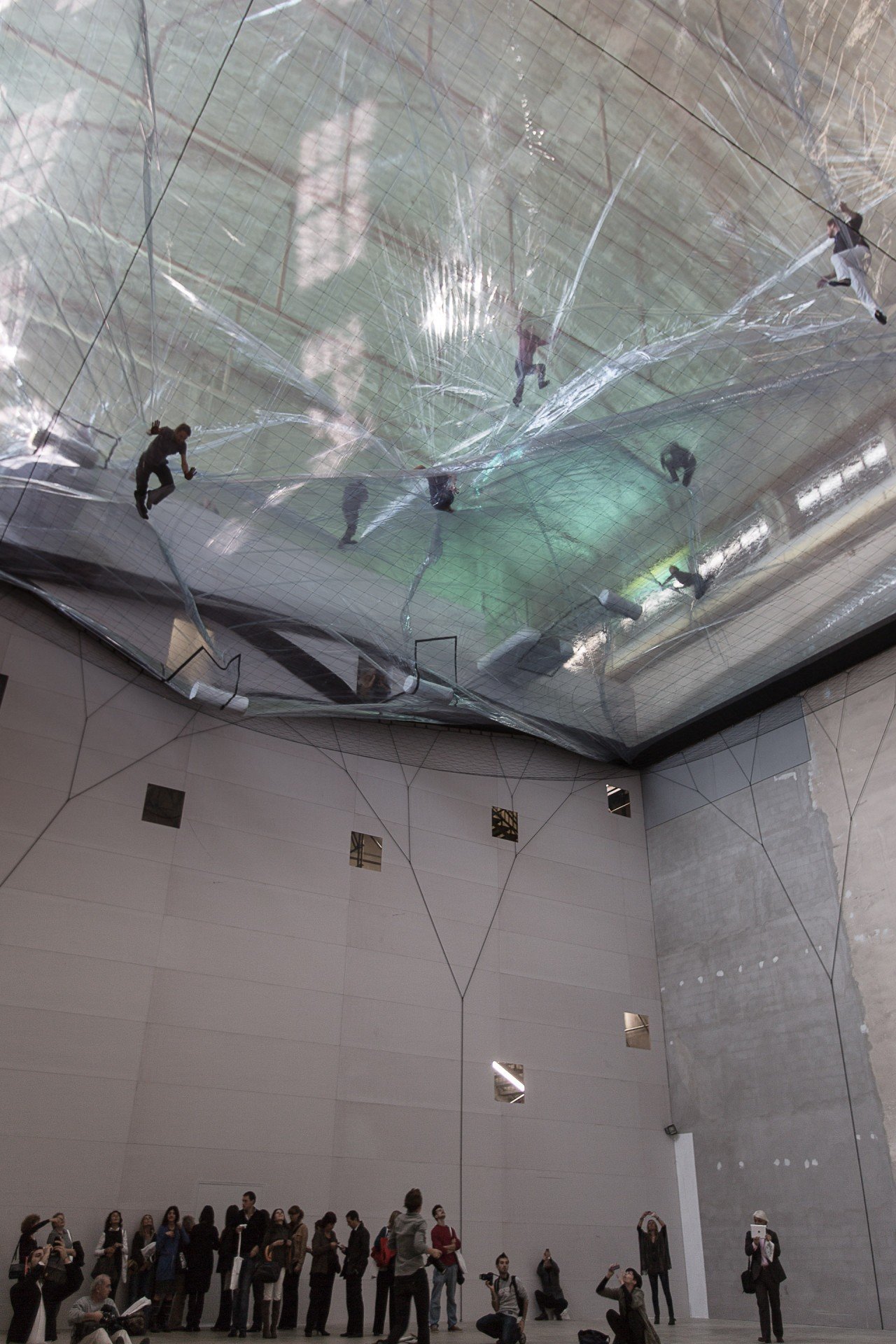
above: Tomas saraceno’s Space Time Foam
A stimulating and promising Medium blog from the service designer Kristof Van Der Fluit, focussing on “how complexity shapes our perception of society, specifically the relationship between complexity and networks.” One way to see this is for artists and designers to dare imagery and artefacts that make such complexity tangible, helping policy people to make subtler decisions.
We’ve taken Kristof’s two key visual examples from the longer blog - worth reading - as much to let the pictures make the argument.
In the gallery above is an artwork by Tomas Saraceno from 2012, titled Space Time Foam. Here’s Kristof’s gloss on it:
“On Space Time Foam”, uses visual poetry to make us think of our societal interconnectedness with ‘space’. Similar to how service designers map stakeholder relationships to understand the “gravity” or “weight” of interactions to better inform the context in which they are designing within. Similarly, Geoff Mulgan reminds us that society is all about relationships, immaterial consciousness, or more simply — about how people think and feel. That’s much harder to embody, but where film, poetry and the arts can help.
“[…] Space does not exist until you enter it with your own body. When there are two people on one layer, they press it below, when two people are in the same space they curve the layer. That means things start to fall, and things gather together into the same spot which in the ends is hard to escape.
It plays with the idea of proxemia; the distance between what you communicate with one another; if you get too close, you get trapped; into this quasi social black hole. And it is very difficult to escape…you have to find a way to separate, very slowly one from each other. The perception of the other person; you become very aware of each other, and each other’s movements, each other’s behaviours and responsibility around how you live […].”
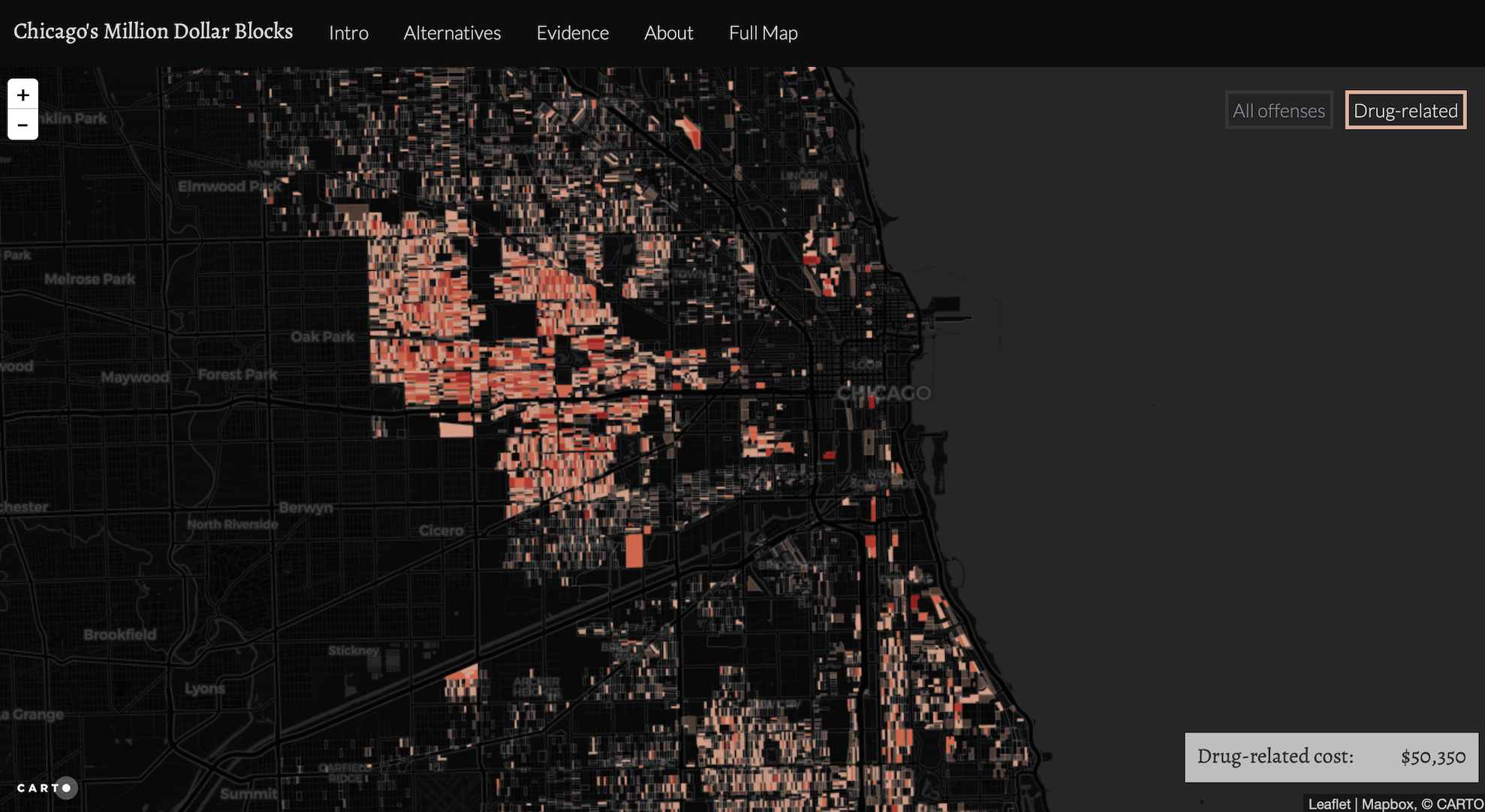
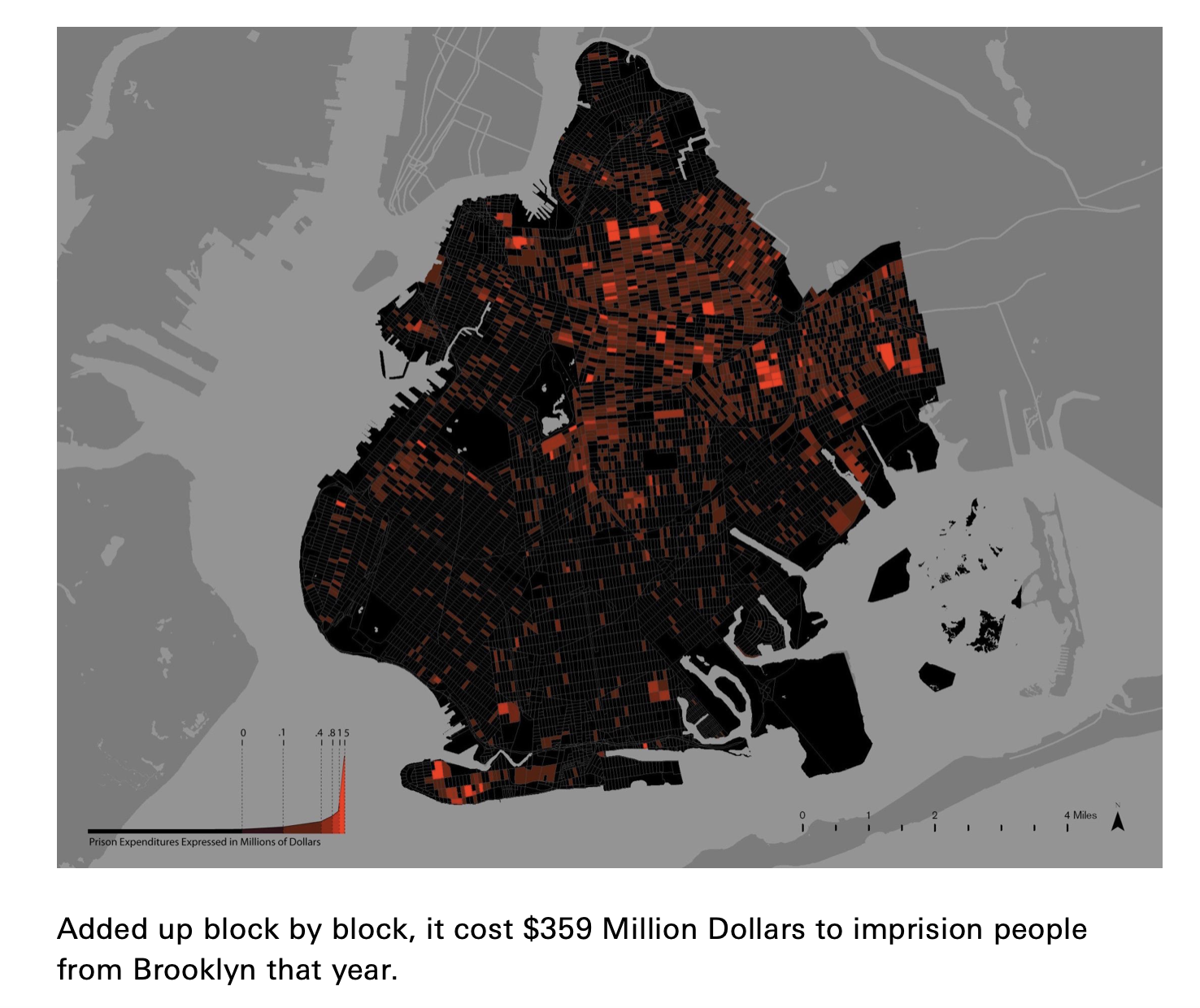
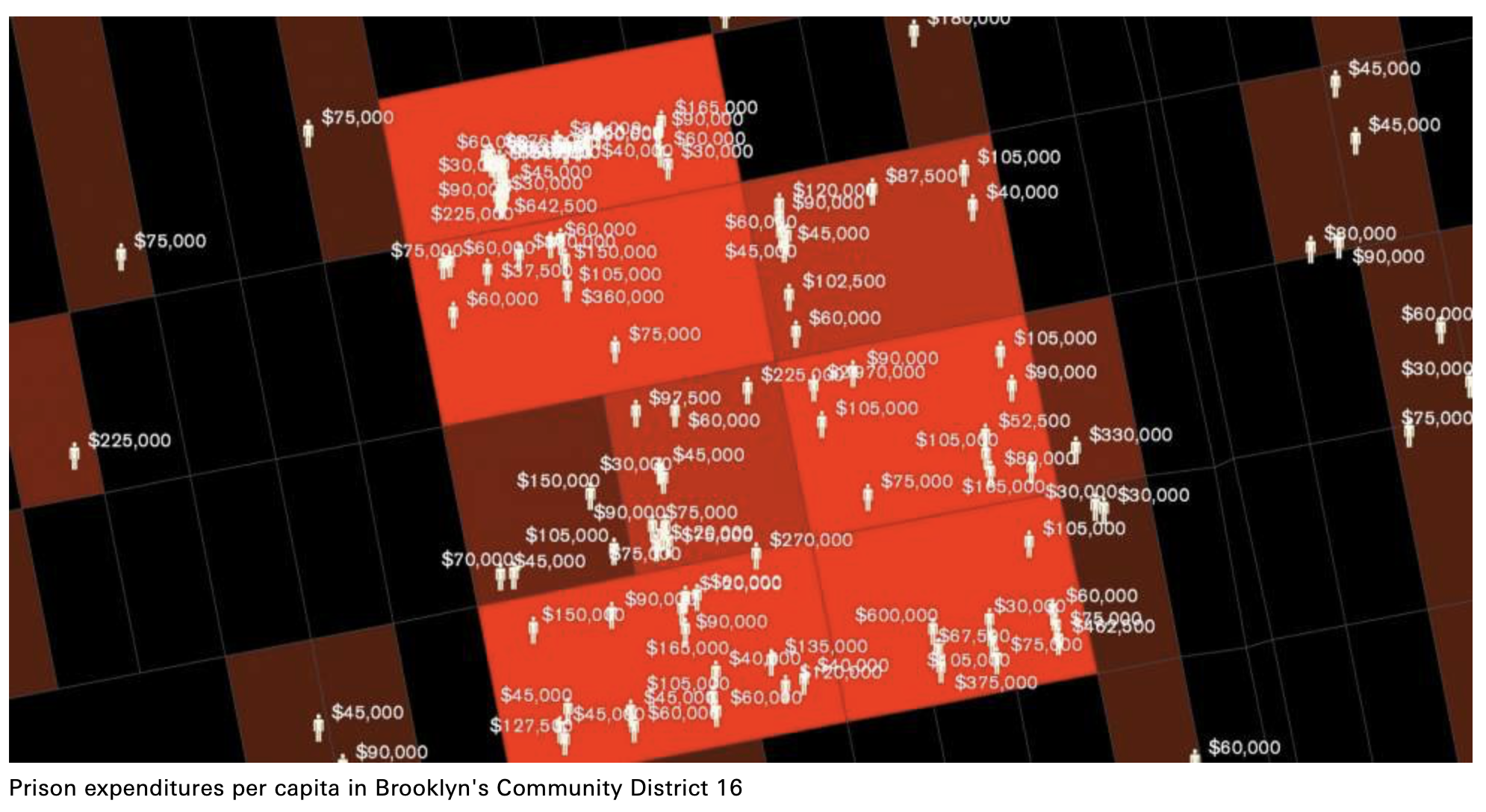

Kristof talks of “culmination points” in the evolution of a system - places where thinking and action is frozen and stiff, and cites the above example (see gallery) of a mapping that can help us see such blockages:
The Million Dollar Blocks is an example of failures coming from the effects of culmination points in our current systems of organising people. Chicago Million Dollar Blocks is a study by the Chicago Justice Project describing urban blocks where the American public is paying $1 million per year on incarcerating the block’s residents, living in low-income neighborhoods of Chicago.
The concentration on specific areas is so unapologetically clear, that a Washington Post article called it “a war on neighborhoods”.
This example of mapping and using data to inform systemic failures can help educate policymakers and open dialogue to understand the failures of local piecemeal initiatives, and as designers we should first identify and then address these culmination points. However that does not often seem as simple, and we cannot erode the existing complexity that exists in reality with our thinking, our conceptual dogmas and our buzzwords.
If we are to evolve out of our current culmination points, we should perhaps consider challenging the “arborescent model” of thought (which will be discussed in future chapters). In short, against tree-like hierarchical thought that is prevalent in philosophy and (un)consciously shaping our perception of the world. This arborescent thinking can lead to overcoding, or (as referred to above) culmination points. The danger here is that it leads to centred systems with deterministic outcomes.
With a realisation that we may be more influenced by arborescent thinking, which has resulted in more determinism in the way we design; this gives rise to a need in understanding how we can escape this perception of the world or our society.
